The moment that inspired my memory took place spontaneously during a sharing of Galatea on our final afternoon. I had set a group exercise where we would improvise our way through the entire plot and storyline, with space to also introduce other elements that we had touched on in our investigations: contemporary texts, personal memories, songs.
At the end of the performance, we—a group made up of Two-Spirit, trans, and cis people together—marched from our rehearsal space, past the crowds of audience arriving for the afternoon matinee, across the main theatre courtyard. Held high at the front of our parade was a trans flag, stolen from the London Pride march in the UK a few weeks earlier. Subira Wahogo, an artist who had accompanied me to Turtle Island from the UK and alongside whom I had marched at the head of London Pride started chanting “Please know your history, Black trans women fought for me!” and the group joined them, voices raised. We stood around the Stratford Festival Theatre’s flagpole, and there was a fanfare from the festival orchestra and cheers as our flag was raised and flown from the top.
It was an incredible moment. At a venue where the more recognizable rainbow pride flag had only recently been flown for the first time; in a town where every member of my trans company experienced harassment during our stay; in a country where LGBT sex education was being removed from school curriculums and at a time when all over the world trans people experience violence and persecution on a daily basis, we stood in that place, cheered, and flew our flag.
Was this the trans canon at work? How did we get there? And, more importantly, what comes next?
When you hire people to be themselves, bring their own lived experiences, and represent their communities, additional care is required.
What Came Before?
In 2018, I was invited to join a different Stratford Lab workshop as an actor. The workshop was called Engendering the Stage and looked at early modern plays where characters subvert mainstream gender expectations—characters written as female demonstrating “masculine” traits like displaying anger and engaging in sword play. There were a number of academics and actors from the theatre’s season involved, as well as several other artists who identified as Two-Spirit and/or transgender: four of us in the room.
Although this was a small intervention, it felt groundbreaking to me. There were four of us! We had the corners. We had each other’s backs.
Our presence derailed the expectations of the workshop in a really glorious way. Instead of approaching the texts from a cisgender perspective, our knowledge and presence encouraged the room to further deconstruct their held assumptions of gender and think differently. The week-long process was gloriously messy, inconclusive, exhausting, and expansive.
Following that experience, in the summer of 2019 I was invited to return to the Stratford Lab, this time to lead a longer investigation under the title “Towards a Trans Canon.” Similarly to the previous year, we had an ensemble of cisgender Festival actors, and I invited six other Two-Spirit and/or trans identified performers.
This core affinity group was me, Beric Manywounds, Cole Alvis (who had also been present the year before), Rhiannon Collett, Samson Bonkeabantu Brown, Subira Wahogo, and Cassandra James. They were mainly from Turtle Island with the exception of Subira, who I invited because I did not want to be the only person from my home community to benefit from the Lab, as well as being aware that my experience is not representative of all UK trans people.
[Our canons] interlink and crossover, creating beautiful spiraling patterns, Venn diagrams of intersecting violence and joys, but something specific about the trans experience is that, on some level, one must experience it alone.
Tread Softly: The Core Group
We began gently, allowing time for everyone to meet each other and for us to have space to listen deeply to where we were coming from. Our weeks were divided into days when both groups would be present together and days when the core trans group would meet independently. It was extremely important for the trans-identified group to build trust and to have a space to be able to debrief and check in without feeling the pressure of being observed, or of being in a teaching role. This private space gave us permission to be messy and to explore.
Our central question was: Can there be a “trans canon”? A shared cultural history beyond cycles of violence, celebration, and erasure?
As an exercise, I asked this group to write down as many trans and Two-Spirit plays, films, performances, and artists as we could think of—an attempt to literally create a visual canon and create a sense of abundance rather than lack. The list that subsequently adorned our wall was erratic: people we knew personally, problematic mainstream representations that have aged poorly yet still resonate, artists from drag and club culture, and occasional gems that have survived (like Galatea)…but it did not feel cohesive or conclusive in any way.
Perhaps trans identity is too diverse to be gathered together in the idea of one canon? Rather than move towards the idea of a singular canon, we realized we need many: the canon that represents my transness would be different to that which represents Subira’s or Cole’s or Samson’s or Cassandra’s or Beric’s or Rhiannon’s…or yours. They interlink and crossover, creating beautiful spiraling patterns, Venn diagrams of intersecting violence and joys, but something specific about the trans experience is that, on some level, one must experience it alone.
We propose that a move towards a trans canon and towards decolonizing theatre must also move away from damaging hierarchies.
In Full Company
When both groups were together, we also worked gently. There was sharing of knowledge, terms, and experiences. One positive thing about working with gender as a theme is that everyone (particularly in Western Eurocentric culture) has some shared experience of enforced gender, whether we are trans or cis, and so we were quickly able to find points of context between us.
During our first session all together I brought a large, red hardback volume of the Complete Works of Shakespeare into the room. It was expensive and prestigious—a more perfect representation of The Canon could not have been possible! I invited the actors to, one at a time, step into the center of our circle and physically tear a page from the volume and to then transform that page into something else by folding, ripping, scrunching, eating… I suggested that this was a happy destiny for this book, to be interacted with in a more exciting manner than the many volumes that, I suspect, languish unread on bookshelves around the world.
The resistance and joy that this exercise unlocked was palpable. For some, this was catharsis—a chance to destroy an object that represents so many of the destructive forces of colonial violence and white oppression. For others it was deeply challenging. Some of the participants sought to find specific passages to rip, while others tore unceremoniously and seemingly at random. Every single interaction was incredibly potent to observe.
This physical representation of The Canon remained present throughout many of our subsequent exercises. We used the book as Cupid’s wings in a scene where Cupid’s feathers are torn out by the Goddess Diana’s nymphs. As Samson stood, screaming, while ripped pages littered the ground around his feet, it was impossible not to feel that something was shifting in our relationship to this existing canon. We also used pages to rewrite and create our own worlds by redacting text, revealing new speeches that responded to ourselves and our search for a trans presence. One such poem, redacted from a page of Coriolanus by Festival actor Denise Oucharek, felt very appropriate. It read:
Thy choice, thy pride, thyself.
Trust your will.
Arm yourself, they are prepared with accusations.
Answer in honour, assemble strength.

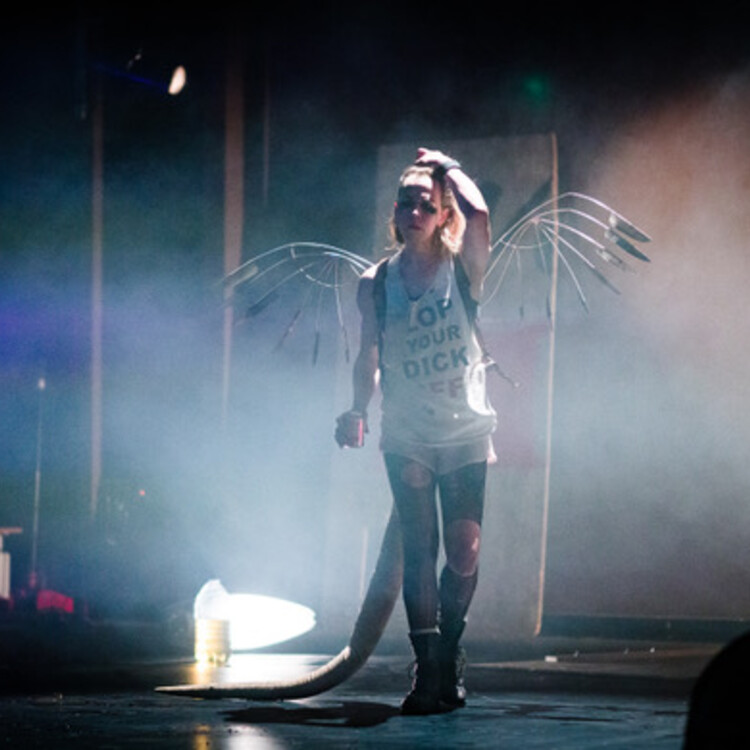
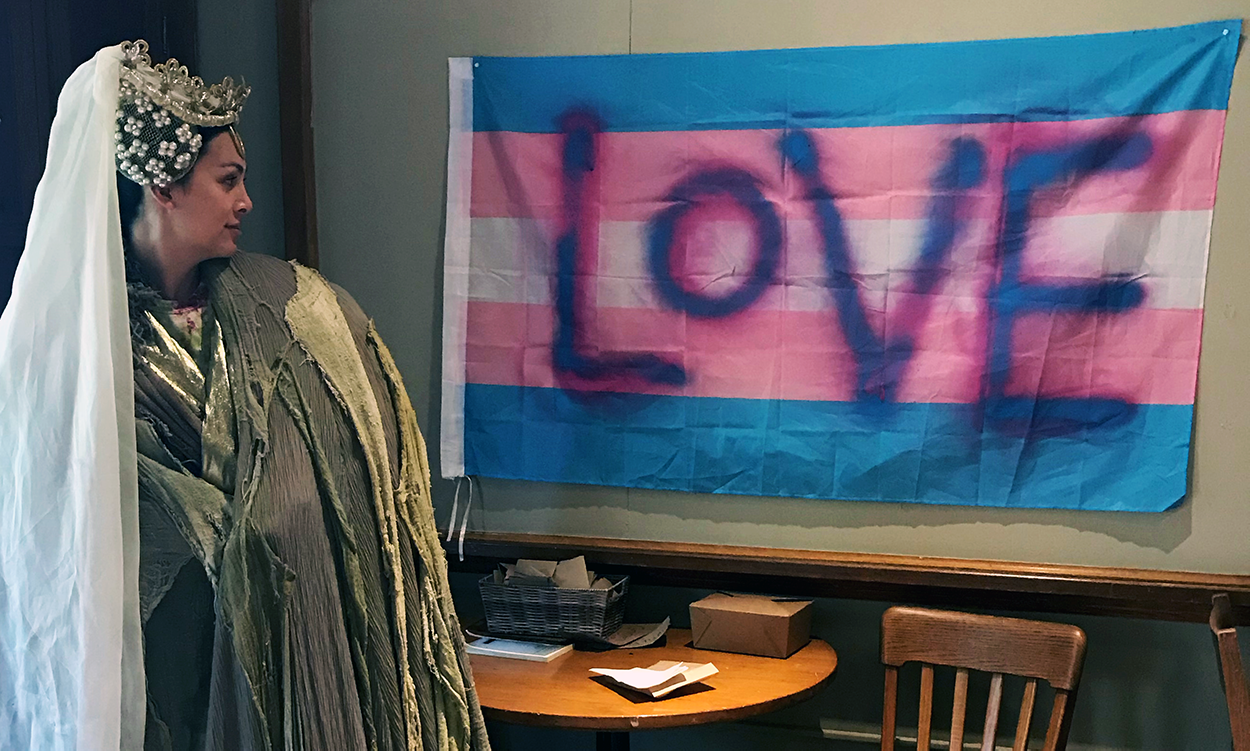

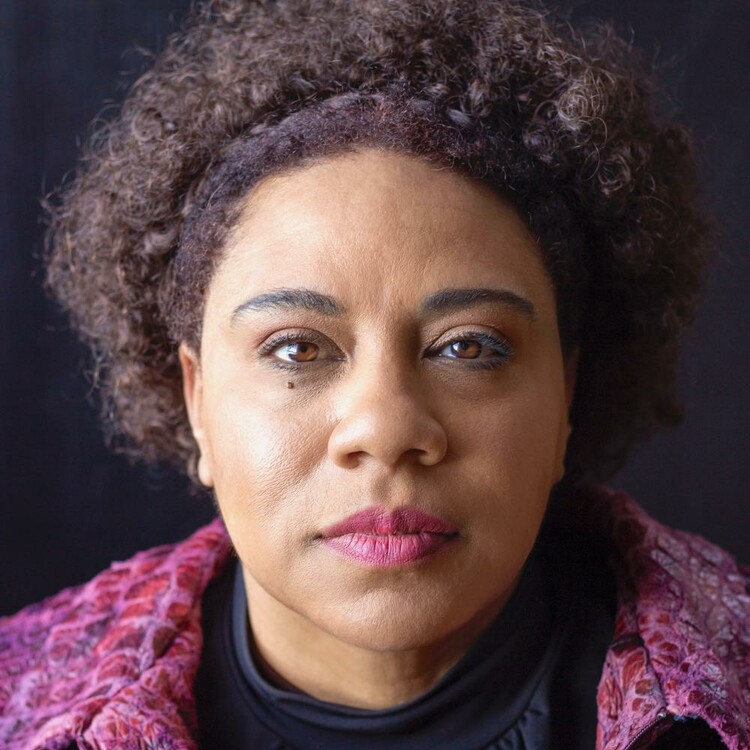
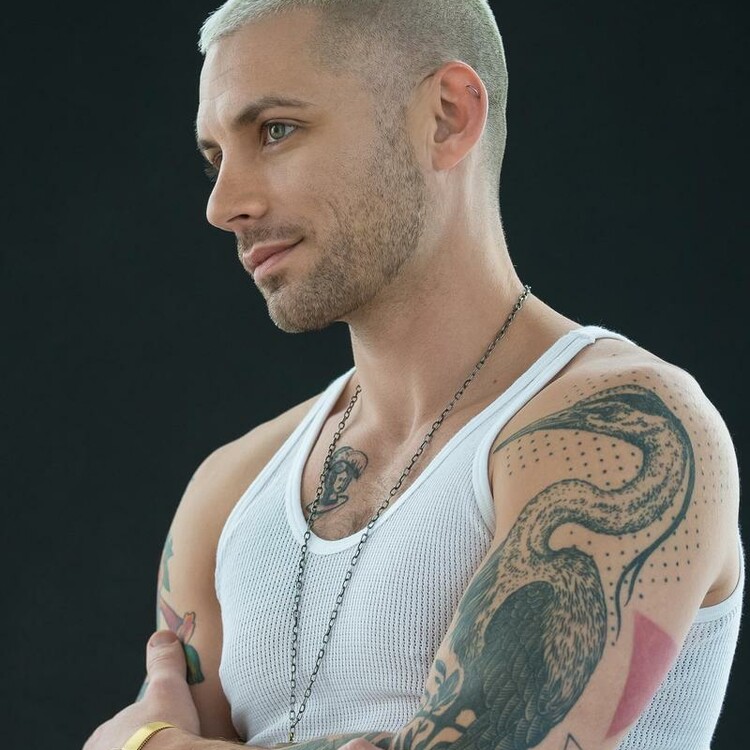



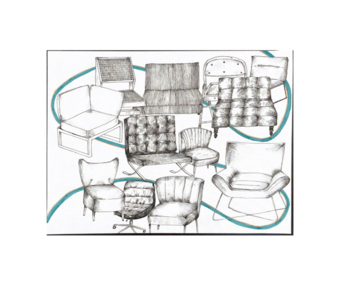


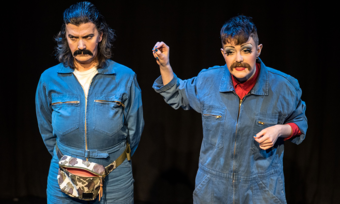

Comments
The article is just the start of the conversation—we want to know what you think about this subject, too! HowlRound is a space for knowledge-sharing, and we welcome spirited, thoughtful, and on-topic dialogue. Find our full comments policy here
This is extremely powerful and important. Thank you for giving us a view into this delicate process and providing tools for people to move forward with this work.